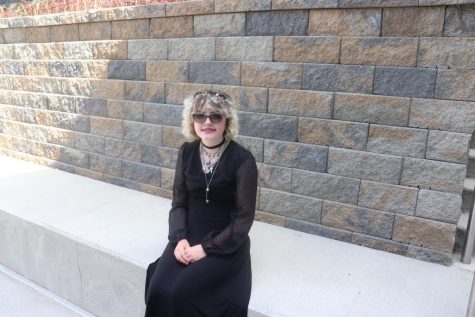The Amazing Archive of Alternative Cultures
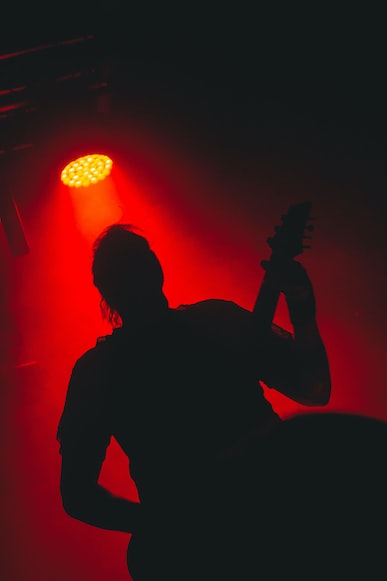
Photo from Diane Picchiottino.
September 27, 2022
Alternative fashion and music define a host of genres outside of the mainstream. I love alternative styles and music, and I define myself as a punk goth metalhead. In this article, I’m going to share the history of a host of alternative subcultures: including metal, punk, goth, scene, and cottagecore.
Metal Music
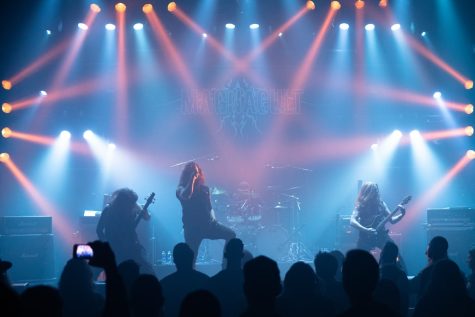
Metal was born out of resentment for the mainstream. The genre started to develop in the late 60s and early 70s, taking inspiration from blues, psychedelic rock, and rock in general. Black Sabbath is referred to as the first heavy metal band. The lead singer was Ozzy Osbourne, and they defined the genre. Two other early metal bands are Deep Purple and Led Zeppelin. These three bands are sometimes referred to as the “unholy trinity” of early British metal. Judas Priest is another early band that helped to refine and influence the genre.
A few subgenres of metal developed in the 80s. For example, Poison and Mötley Crüe were hair metal bands. Hair metal focuses on theatrics rather than the edgier sound. Another type is thrash metal, early bands of this genre being Metallica, Slayer, and Testament. A third very notable genre of metal is death metal, pioneered by the band Possessed, led by Jeff Becerra. Death is another example of an early death metal band. Metal lost popularity with the emergence of grunge, until a resurgence of the genre in the 2000s. Nu metal is, as implied by the name, a new genre of metal that emerged in the 2000s, with bands like System of a Down, Korn, Slipknot, Deftones, and Limp Bizkit. Nu metal takes elements of other music genres, such as hip hop, and incorporates them into metal.
Metal Fashion
Metal fashion is inspired by biker and rocker fashion with lots and lots of leather. Also, band tees are very popular.
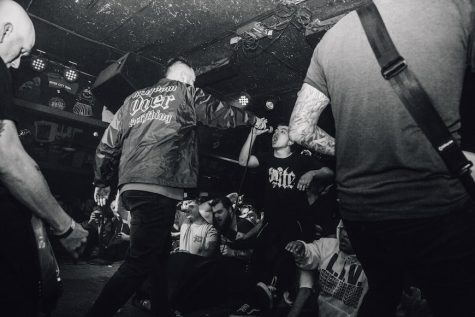
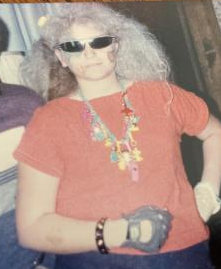
Punk Music

Punk originated in the 60s, starting as garage bands. Punk started to gain popularity in the 70s. During this time, bands like the Talking Heads and the Ramones emerged in New York. They played together at clubs like CBGB, developing the genre of punk rock. In Britain, the Sex Pistols formed, quickly gaining popularity. Other British punk bands include Generation X and the Clash. Some punk genres which developed are ska punk, riot grrrl, pop punk, anarcho-punk, and street punk. Most of these genres are straightforward, but I’ll touch on Riot Grrl because you might not know what it is. Riot Grrl is a political feminist genre of punk that emerged in the 90s. A couple of bands of this genre are Bikini Kill and Bratmobile.
Punk Fashion
Punk fashion started as mainly just leather jackets and Levi jeans, along with mainly thrifted clothing, as many in the early punk scene were poor. Another early punk staple is, of course, the mohawk. Punk fashion has branched off a lot now, although the original look of the scene is carried over into many of them, especially street punk. Skater punk fashion is simple, prioritizing comfort. Horror punk/deathrock has a lot of gothic elements added to it.

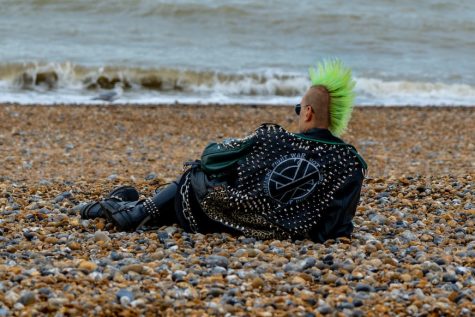
Goth Music
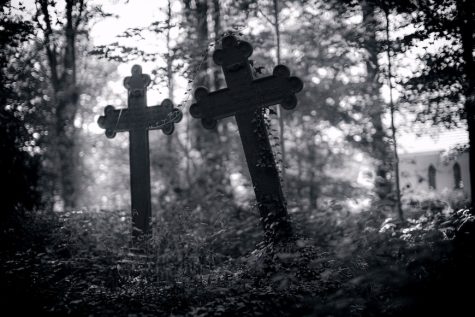
Goth music was formed in Britain. Post-punk is a genre that developed into goth, two notable bands being Talking Heads and the Smiths. After post-punk, came the first wave of goth, sometimes called proto-goth. Siouxsie and the Banshees and the Cure are both more popular examples of proto-goth bands. Perhaps the most influential goth band in the goth scene was Bauhaus. In America, goth was closer to its punk roots, with the genre of deathrock. Kommunity FK and 45 Grave are two great examples of early deathrock bands. With the birth of new wave in the 80s, a new gothic genre, darkwave, formed. One darkwave band I adore is Depeche Mode, led by Dave Gahan. Some modern goth bands I like and would recommend are the Long Losts, Bat Nouveau, and Forever Grey.
Goth Fashion



Although goth is a music-based subculture, when you think of goth, you usually think of fashion. Goth fashion is full of lots of black and dark imagery like skulls, bats, and spiders. Trad goth, or traditional goth, is a type of goth fashion inspired by the 80s goth scene. Vampire goth and romantic goth are related to each other, the fashion focusing more on beauty and elegance, and both are inspired by the Romantic and Victorian eras. The difference is that vampire goths have more vampiric elements, as the name implies. Gothic lolita is a Japanese branch of lolita fashion, another type of fashion inspired by the Victorian era. Lolita also has a very distinct silhouette and outfit requirements. Cybergoth is a genre inspired by cyberpunk, with a gothic twist on edgy technology-based fashion and aesthetics.
Scene
Scene is a subculture that sprouted out of emo in the early 2000s, and some bands associated with the subculture are Hollywood Undead, Bring Me the Horizon, and All Time Low. The most notable aspect of this subculture is the fashion. The fashion includes neon colors, tight clothes, raccoon eyeliner, Converse, Vans, bows, studded belts, and streaks of raccoon tail hair. This subculture blossomed on MySpace. Franchises like Sanrio and Invader Zim were also huge in this subculture.
Cottagecore
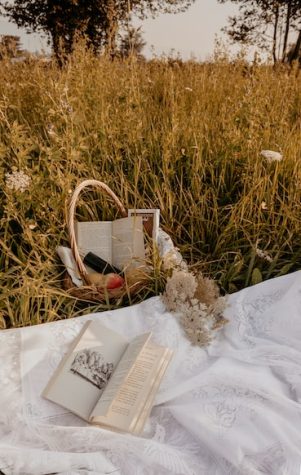
Cottagecore is a recent internet subculture mainly focused on nature and rural aesthetics. The fashion of cottagecore involves loose-fitting and flowing dresses, in a vintage style. Handcrafting is big in the subculture, so many cottagecore people make their own accessories. Corsets and bodices are also popular in this subculture, as with many other alternative fashion styles.
Alternative fashion and music are very diverse, and they have a lot of rich history. But at their core, alternative styles are just anything different from the norm. There are many subcultures I did not include; such as emo, grunge, steampunk, and a lot more. They’re all amazing as well. I implore you to do more research into alternative music at least because it’s so diverse and different from what you hear on the radio.

